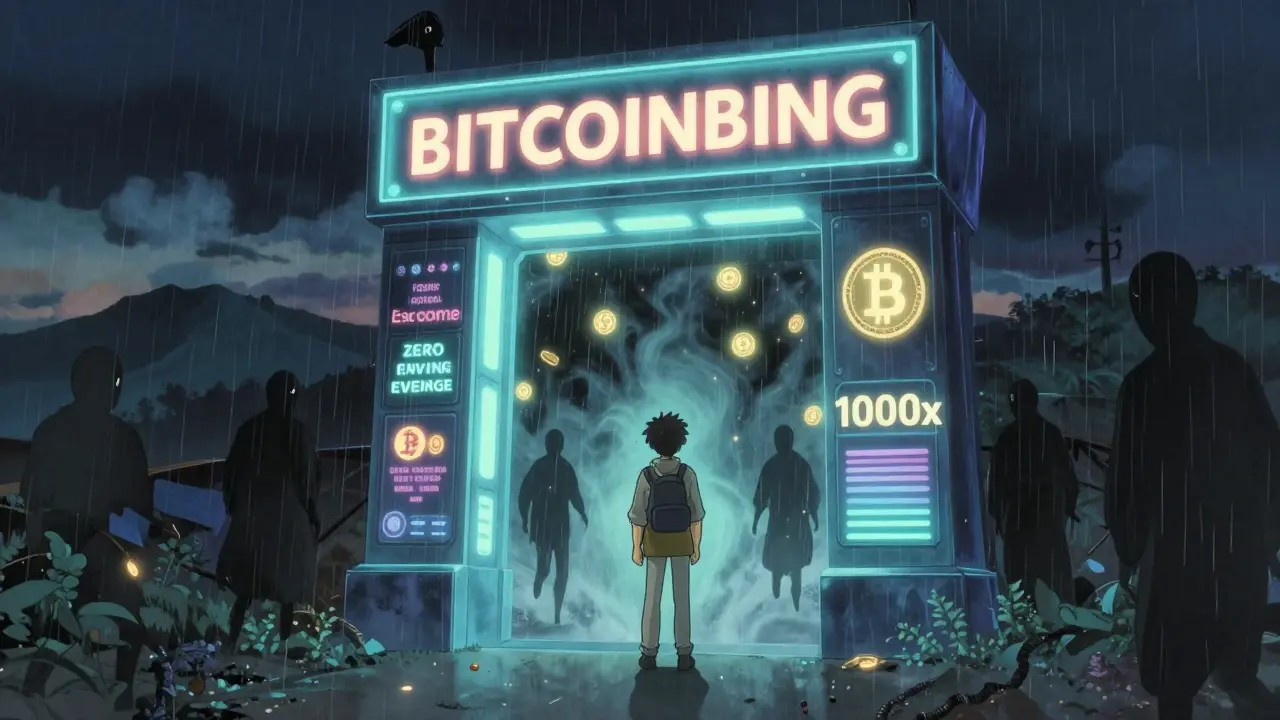Bridge Fees – Understanding Transfer Costs Across Blockchains
When working with Bridge Fees, the charges you pay to move crypto assets between different blockchain networks. Also known as transfer fees, they can eat into your profit if you don’t know what you’re paying for.
These fees are tightly linked to the cross-chain bridge, the infrastructure that locks assets on one chain and mints equivalents on another. A bridge’s design—whether it relies on a set of trusted validators or runs fully on smart contracts—directly shapes the fee structure. For instance, a trustless bridge, a bridge that removes central operators and uses cryptographic proofs often charges less because there’s no middleman taking a cut, but it may need higher gas to execute complex proofs.
Key Factors Influencing Bridge Fees
First, gas fees on the source and destination chains matter a lot. Even if the bridge itself is cheap, a congested network can push the cost of the underlying transaction sky‑high. Second, the type of token you’re moving, such as a wrapped token, a token that represents an asset from another chain, adds another layer of cost because the wrapping contract may charge a small fee for minting or burning.
Third, liquidity providers on the bridge can affect pricing. Bridges that use liquidity pools often spread the cost across many users, while bridges that rely on a single operator may add a fixed markup. Finally, security measures like multi‑signature verification or fraud proofs increase the computational work, nudging the fee upward.
Understanding these dynamics helps you pick the right bridge for your needs. If you value speed over cost, a bridge that routes through a high‑throughput layer‑2 might be worth the extra gas. If you’re looking to save every dollar, a trustless bridge on a low‑fee network like Arbitrum or Optimism could be the sweet spot.
Below you’ll find a curated collection of articles that break down specific tokens, bridge implementations, and fee‑optimizing strategies. Whether you’re a gamer moving JEFE tokens across chains, a DeFi trader watching Molten’s low‑gas promise, or just curious about how stablecoins stay cheap, the posts ahead give you practical, data‑driven insights to keep your transfers affordable.






